Two memorial services for loved ones in one week is a lot.
On June 20, my family members from seven different states gathered to lay my mother’s remains to rest after her death from cancer last November.
On June 26, I joined friends from across the country to remember Jennifer Lyell, my former editor, a whistleblower, survivor, and friend, whose death and legacy I wrote about here.
It’s been a lot. It is still a lot.
I’ve been thinking of the truism that funerals (like weddings) often bring together people who’ve not seen one another for a long time. It is good that death draws us together for the simple fact that it is good to grieve together and to comfort one another. It helps.
But another truth revealed itself to me, first at the service for my mother, then a few days later in the one for my friend. Each of us comes to such ceremonies as a way to honor the dead. Our mere coming and remembering does indeed honor them. But there is a deeper way that our coming together honors the dead.
When we gather at such times, the gathering itself births something new into the world. It gathers together people who bring old memories and old stories—with new tears, new laughter, new ties and renewed ties—in an event that creates new memories and new stories. A cousin who shares a memory of the departed family member doesn’t only share an old memory; she creates a new one of the telling and the hearing. A friend who eulogizes a friend with fond and funny reflections helps mourners know the one who has died more than before.
This bouquet of individual connections is arranged by the one who has died. It is for that person that all these other people call, arrange, adorn, drive, fly, rent, reserve, meet, reunite, sit, hug, comfort, share, laugh, sigh, vent, remember, tell, and breathe together, tied together by the life of the one that has passed.
The book I happened to be reading during this week of two funerals was the novel Orbital by Samantha Harvey. I don’t know how to summarize this book (written in some of the most luscious prose I’ve read in a long time—in many ways it is like reading a long poem), except to say that it is a view of earth and life on earth from the perspective of six astronauts orbiting around earth from space. This passage from the book describing the astronauts’ perspective from space portrays in some way what it is like to gather to remember the life of a loved one who has died, for the living to orbit around the dead:
The earth, from here, is like heaven. It flows with colour. A burst of hopeful colour. When we’re on that planet we look up and think heaven is elsewhere, but here is what the astronauts and cosmonauts sometimes think: maybe all of us born to it have already died and are in an afterlife. If we must go to an improbable, hard-to-believe-in place when we die, that glassy, distant orb with its beautiful lonely light shows could well be it.
Those who mourn are like astronauts and cosmonauts caught in a liminal space between heaven and earth, remembering loss and anticipating reunion, yet being blessed in the here and the now by the comfort of the living. Mourning the dead together in Christian hope is like being in the after-life for a moment right now.
The one who has died has brought these sacred moments into being, and the universe itself is altered. Those moments are joined in one event given birth by the dead.
What an honor.
***
“Blessed are they that mourn, for they shall be comforted.”
***
Here are some snapshots that represent the flowers in the bouquets birthed at these gatherings.
Family:
Friends:
"Absolutely unmixed attention is prayer.” – Simone Weil1
Next week, we’ll return to our reading of The Pilgrim’s Progress Part 2. Here’s the schedule:
Next: From Of Grim the Giant and of his backing the Lions to Mathew and Mercie are Married
Then: From Mathew and Mercie are Married to One Valiant-for-truth beset with Thieves
Final: One Valiant-for-truth beset with Thieves to the end
Simone Weil, Gravity and Grace, trans. By Emma Crawford and Mario von der Ruhr (London: Routledge, 2002), 117.




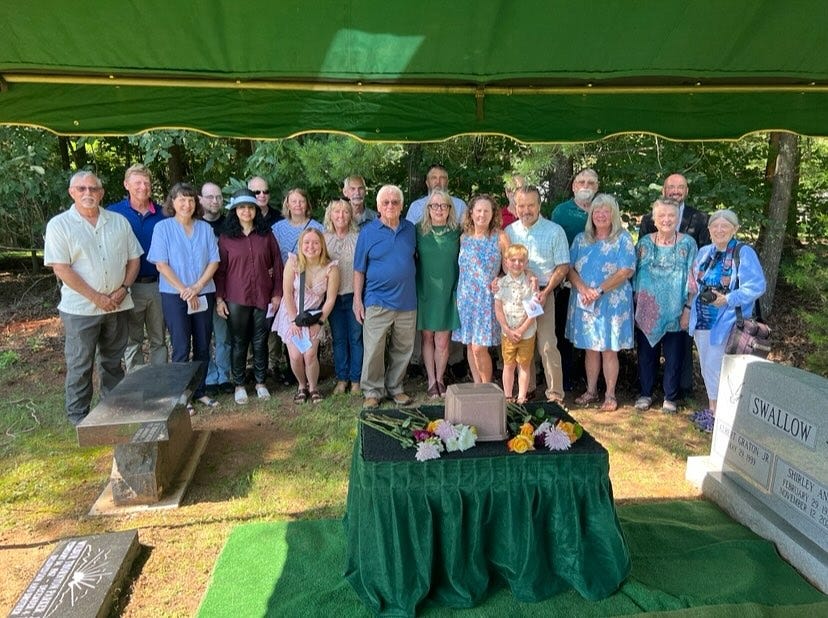
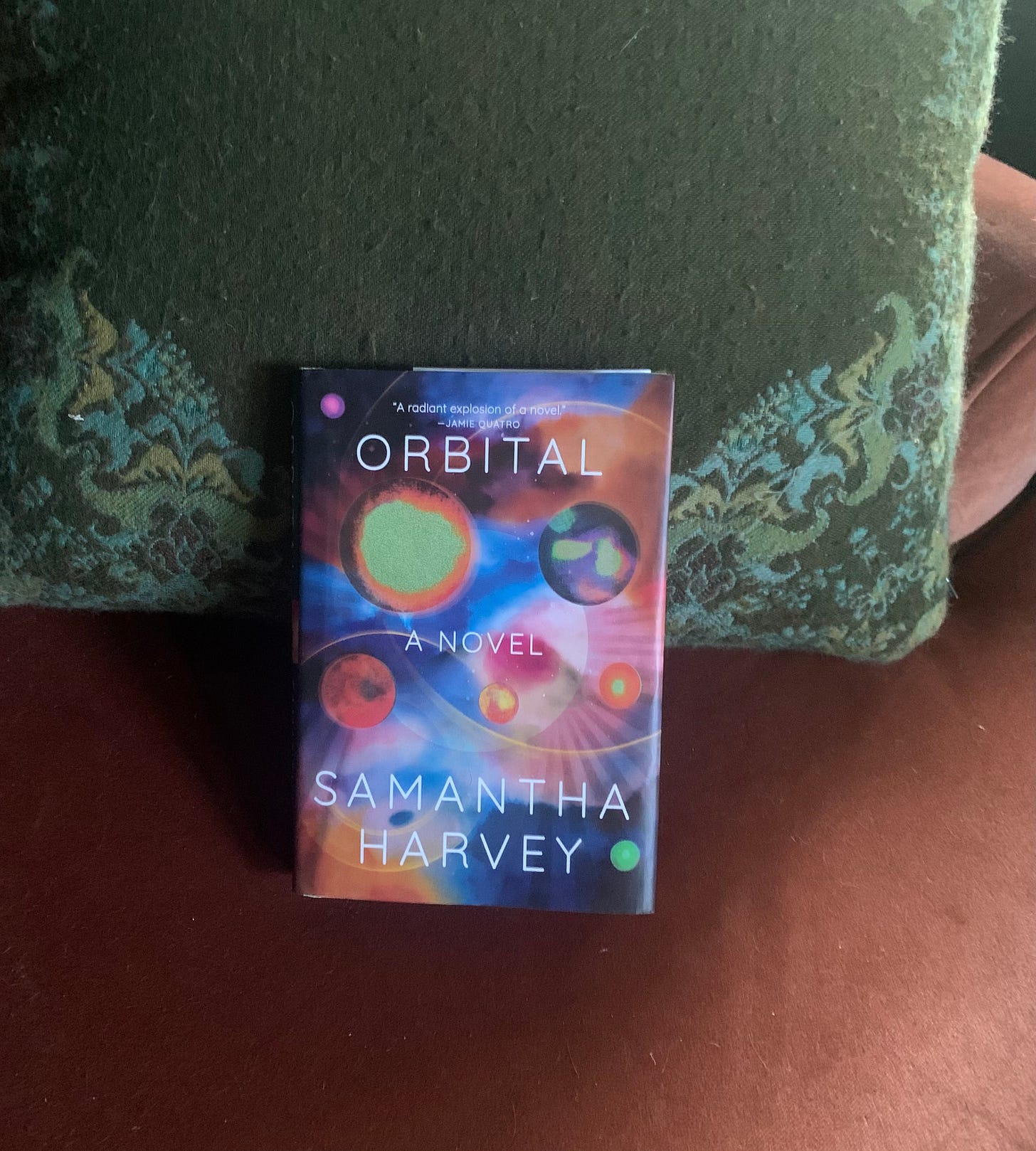
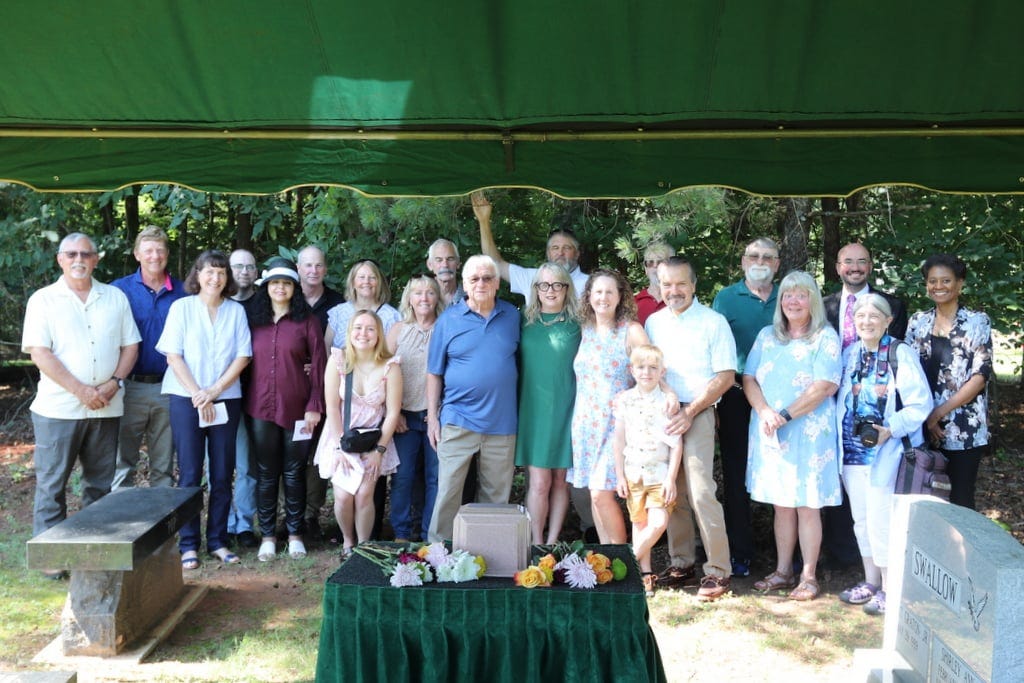

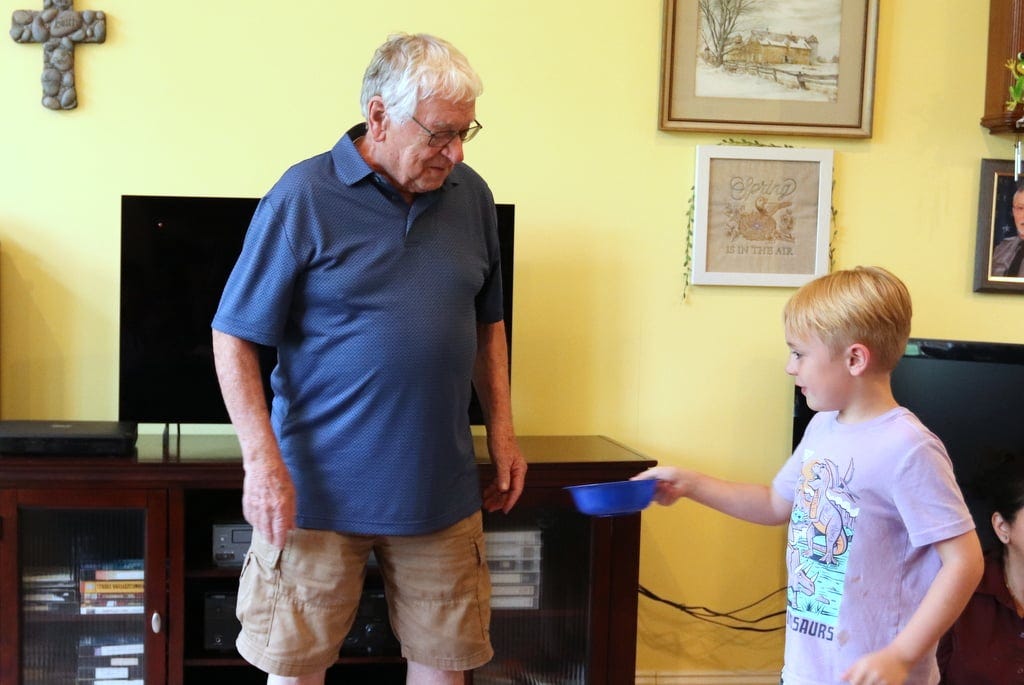

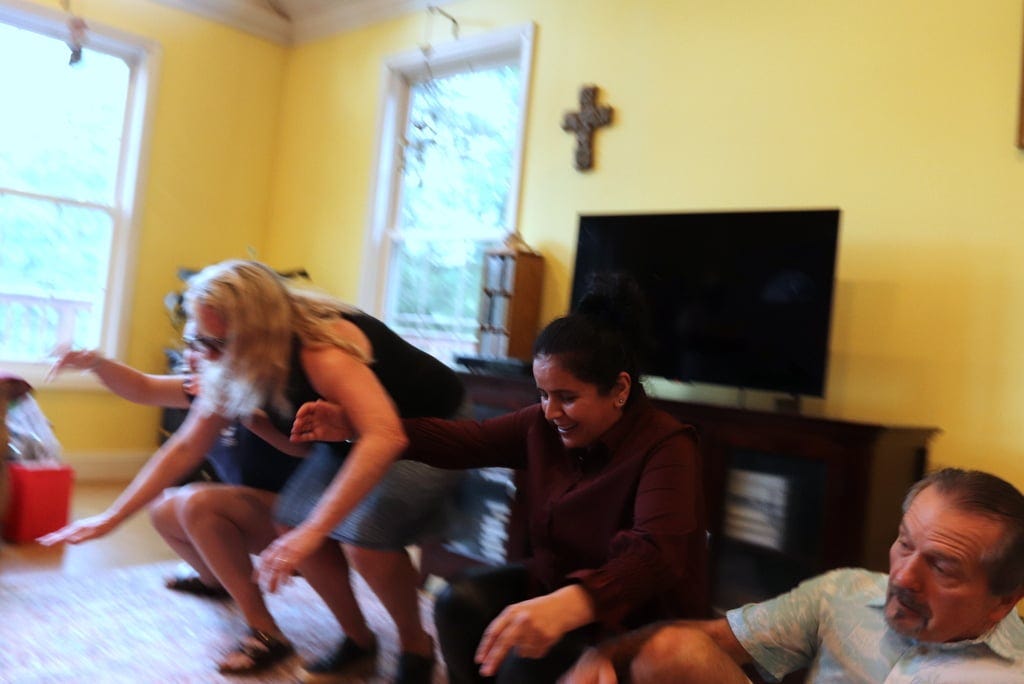
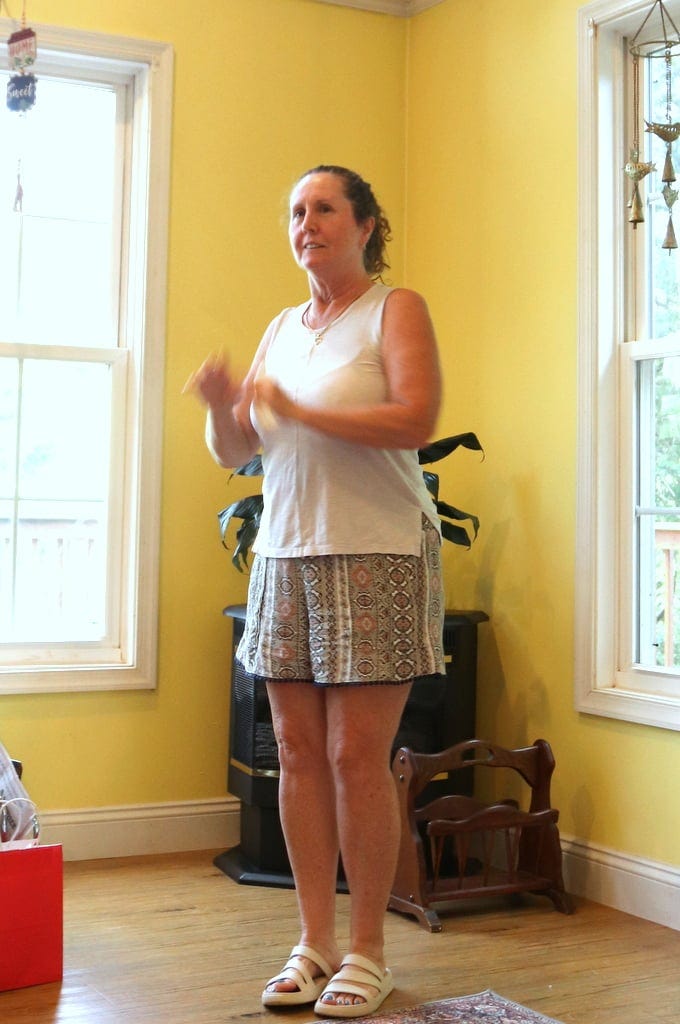

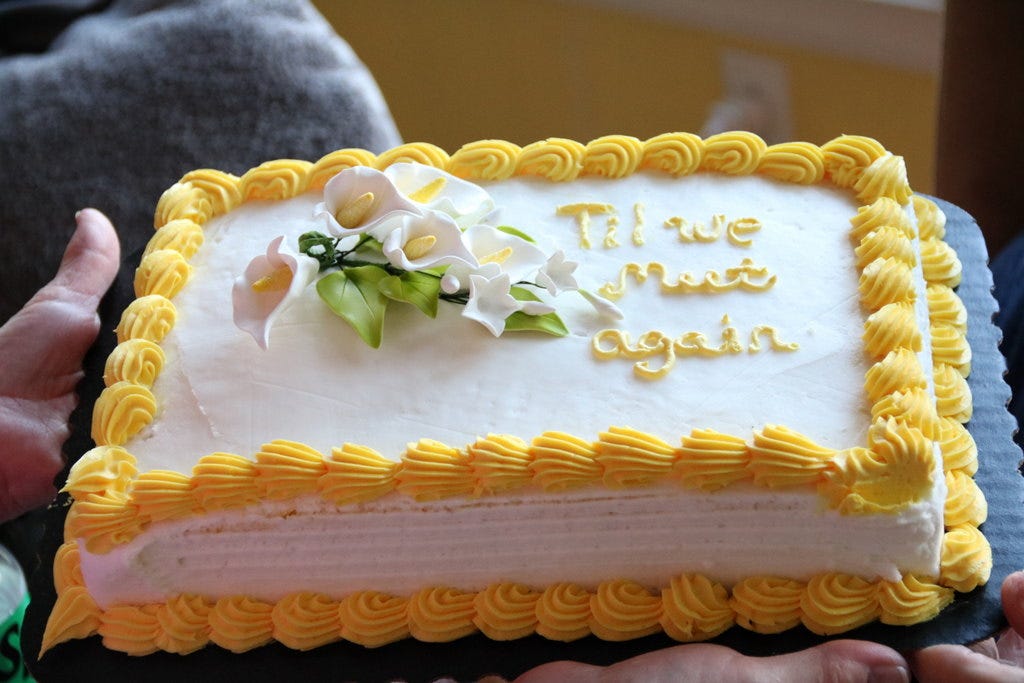


Distracted by many things, I’ve held some grief in my heart. This was the cry I needed. 🧡
In October 2021, during the pandemic lockdowns, I drove to and from my nursing job past houses decorated with skeletons and gravestones for Halloween. Normally, I find such decorations tacky and a little offensive, but I suddenly thought, yes, we need a reminder of our own mortality. After Halloween, comes the hope of Christmas and then the promise of Easter, but for balance, there needs to be a time to weep and mourn.